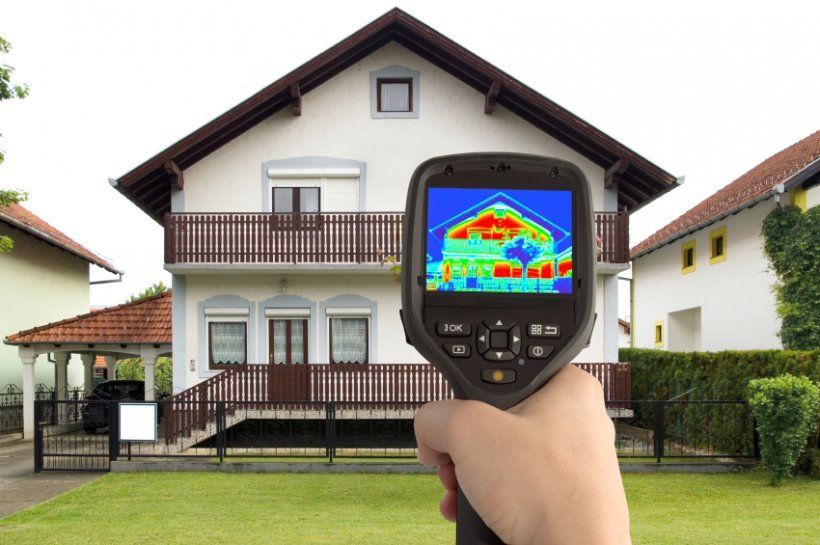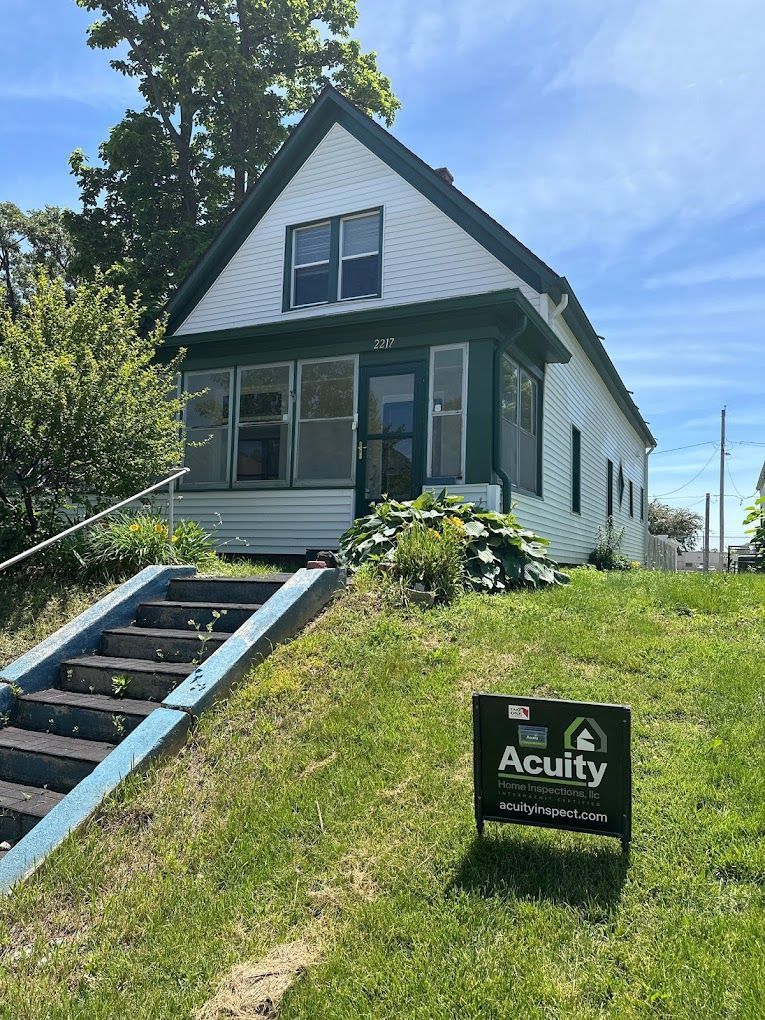Pre-Listing Home Inspections
Benefits that support your home-selling process!
According to Zillow research, 85 percent of buyers get an inspection as part of the process of buying a home. Eventually, your buyers are likely going to want an inspection conducted before closing. Many brokers, agents, and sellers have determined that scheduling an inspection BEFORE listing can provide all parties with added value and benefits.
What is a Pre-Listing Inspection?
Regardless of your home’s age or how long you’ve lived in it, there is a chance that there are unknown issues that aren’t readily apparent. Like a buyer’s home inspection, a pre-listing inspection evaluates the home’s major structural, mechanical, and operational systems for their condition, safety, and life expectancy. Optionally, it may include mold, pest, radon, well-water, and/or lead-paint testing.
There are situations where a pre-listing inspection is NOT advisable, for example new (<1-2 years old), recent major updates or remodeling, recently inspected homes, or if you’re aware of issues but aren’t, due to time or financial limitations, able to make repairs before listing.
Cost of a Pre-Listing Inspection
You can expect a pre-listing home inspection to cost between $350 and $700, depending on where you live and the size of your home. Generally, this cost is the responsibility of the homeowner up until an offer is in hand.
Benefits of a Pre-Listing Inspection
For a homeowner planning to sell their home, there are several benefits that a Pre-Listing Inspection can offer, such as:
· Providing a view of your home through the eyes of a critical and neutral third party.
· Revealing immediate safety issues before agents and visitors tour your home.
· Exposing items of immediate concern, such as radon gas or active termite infestation.
· Helps with prioritization of repairs and focusing on those deemed as most serious or safety hazards.
· Provides adequate time to either make repairs yourself or pursue competitive bids from qualified contractors for repairs that you decide to complete prior to listing, saving you money and time.
· Puts you in control of the repair process. Once a potential buyer requests repairs found in a buyer’s inspection, they’re likely to want to influence some of the decisions involved.
· Whether or not you decide to address findings from the pre-listing inspection, it can help you and your agent establish a listing price that properly reflects its condition. This can reduce the risk of negotiated offers and/or canceled contracts due to surprises revealed during a buyer’s inspection. Canceled contracts will appear on your home’s property history on the MLS and on sites like Trulia and Zillow and may deter interest in your home from qualified buyers and their agents.
· Many buyers will waive their inspection contingency if you can produce documentation of a pre-listing inspection. This can help streamline the sales process, leading to a potentially faster closing and freeing up equity from the sale for your next home purchase.
· Not all information reflected in an inspection report is negative. A pre-listing inspection can highlight what’s great about your home!
· Making the results of your pre-inspection available to buyers builds trust and may relieve the prospects’ concerns or suspicions that you’re attempting to hide something.
· Limits your liability by adding professional supporting documentation to your disclosure statement.
In summary:
Planning for a Pre-Listing Inspection in advance of listing your home for sale can help reduce some of the uncertainty and anxiety related to the process. For the seller, it removes last-minute surprises that might be revealed by a buyer's inspection, adds value to your listing, and supports a higher contract price. For the buyer, it provides increased transparency and peace of mind regarding the condition of the home.
Please check out this article for more information about Pre-Listing Inspections to decide if it’s right for your situation.
If you’re thinking of selling your home in the next 6-9 months, now is a perfect time to schedule your Pre-Listing Inspection with Acuity Home Inspections!














